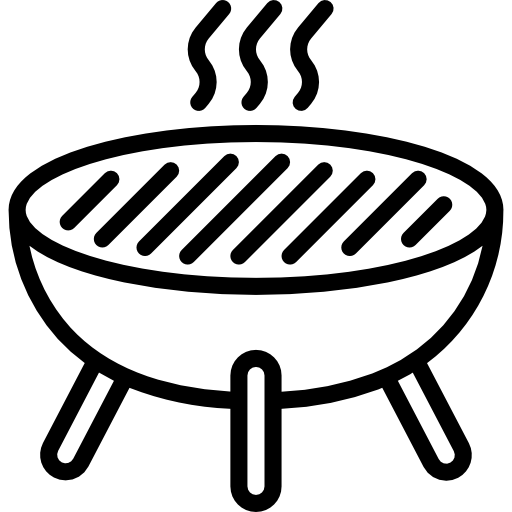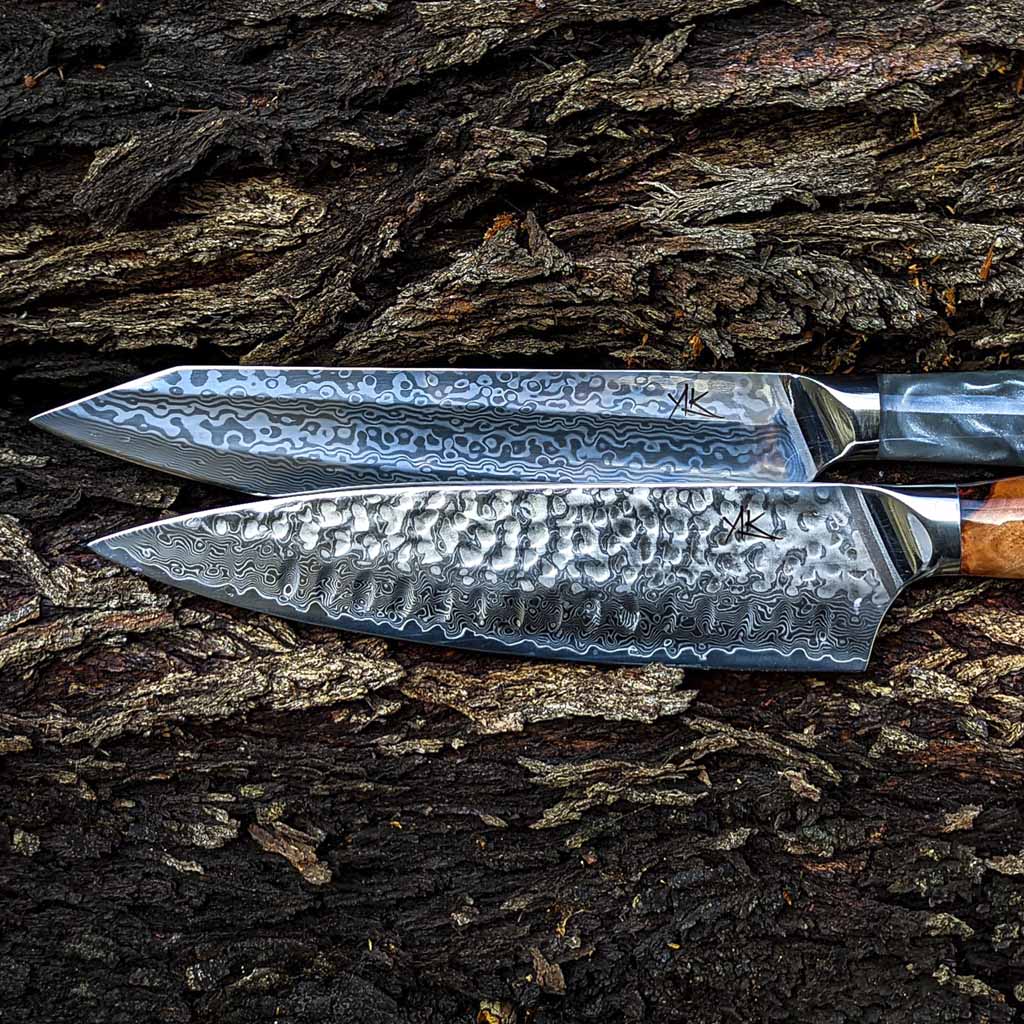Japanese Damascus steel knives are not just tools for the kitchen—they are a blend of art, history, and incredible functionality. These knives, known for their sharpness, durability, and stunning patterns, are cherished by chefs and home cooks alike. Let’s dive into the history and craftsmanship of these remarkable knives.
A Brief History of Damascus Steel
The story of Damascus steel starts thousands of years ago in the Middle East. Named after the city of Damascus, these steels were famous for their strength and beautiful wavy patterns. Though the original methods to create Damascus steel were lost in time, the fascination with its properties remained.
The Japanese Twist
Japanese blacksmiths, who were already renowned for their sword-making skills, adopted and refined the concept of Damascus steel. They began using this technique to make kitchen knives that are both practical and beautiful. The Japanese Damascus steel knife is now a symbol of quality and craftsmanship.
How Japanese Damascus Steel Knives Are Made
- Selecting the Materials: High-quality steel is chosen for making these knives. Usually, a combination of hard, high-carbon steel for the core and softer stainless steel for the outer layers is used. This mix ensures the knife is sharp and resistant to rust.
- Layering and Forging: The process starts with stacking layers of steel. These layers are then heated, hammered, and folded multiple times. Each fold creates more layers, resulting in the blade’s unique pattern and strength.
- Shaping the Blade: The forged steel is then shaped into a blade. This involves grinding and hammering to achieve the perfect shape.
- Hardening: The blade is heated and then cooled quickly (a process known as quenching) to harden the steel. It is then tempered to make it less brittle.
- Revealing the Pattern: The distinctive wavy patterns are brought out by applying an acid solution to the blade. The acid reacts with the different layers of steel, revealing the beautiful design.
- Final Touches: Finally, the blade is sharpened to perfection, and a handle is attached. Handles are often made from high-quality materials like wood or synthetic composites for comfort and balance.
Unique Features of Japanese Damascus Steel Knives
- Exceptional Sharpness: The high-carbon core ensures the knife is incredibly sharp, making it perfect for precise cuts.
- Durability: The multiple layers of steel make the blade tough and long-lasting.
- Rust Resistance: The outer layers of stainless steel help prevent rust and staining.
- Aesthetic Appeal: Each knife has a unique, intricate pattern that adds a touch of elegance to any kitchen.
Why Choose a Japanese Damascus Steel Knife?
These knives are more than just kitchen tools—they are a piece of history and art. Owning a Japanese Damascus steel knife means appreciating centuries of craftsmanship and tradition. Whether you’re a professional chef or a home cook, these knives will enhance your cooking experience.
Conclusion
Japanese Damascus steel knives combine ancient techniques with modern craftsmanship to create tools that are both beautiful and functional. Their sharpness, durability, and stunning patterns make them a prized possession in any kitchen.
Explore our collection of Japanese Damascus steel knives and bring a piece of this fascinating history into your kitchen today!










